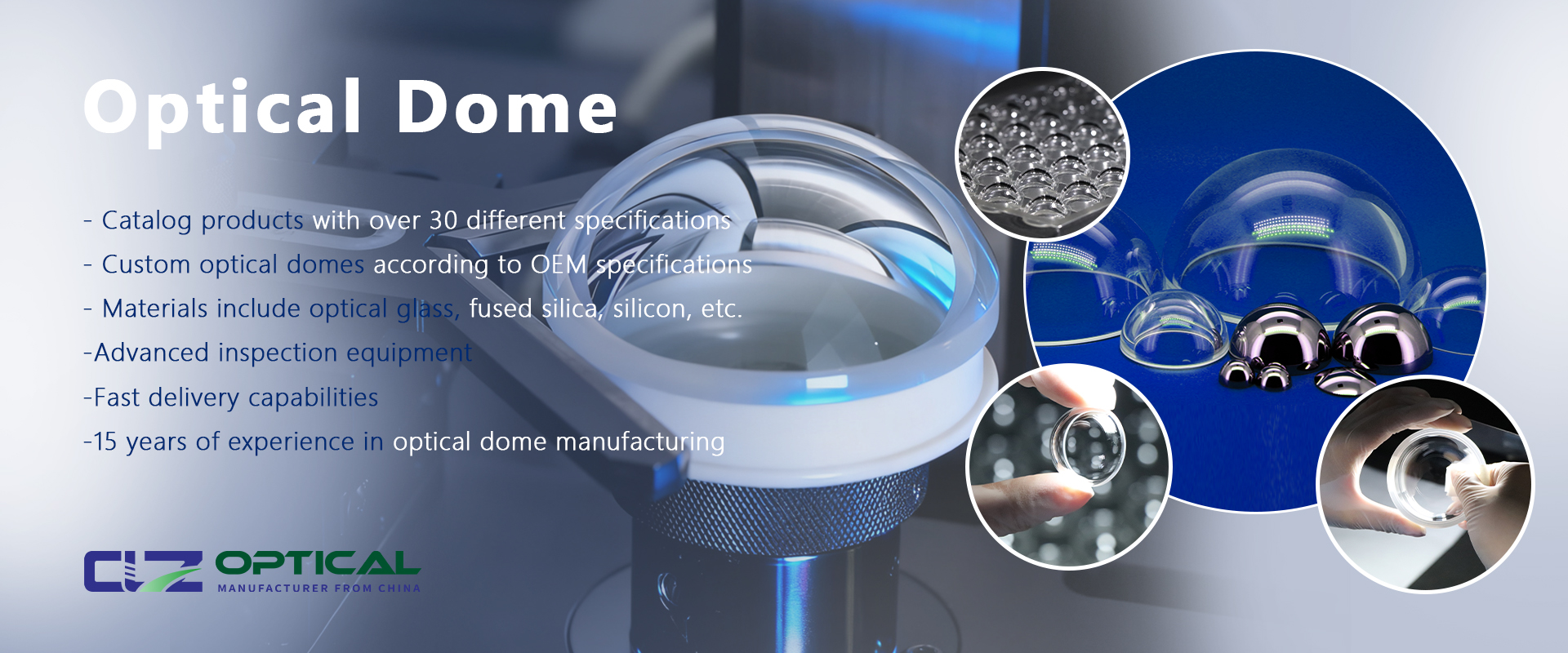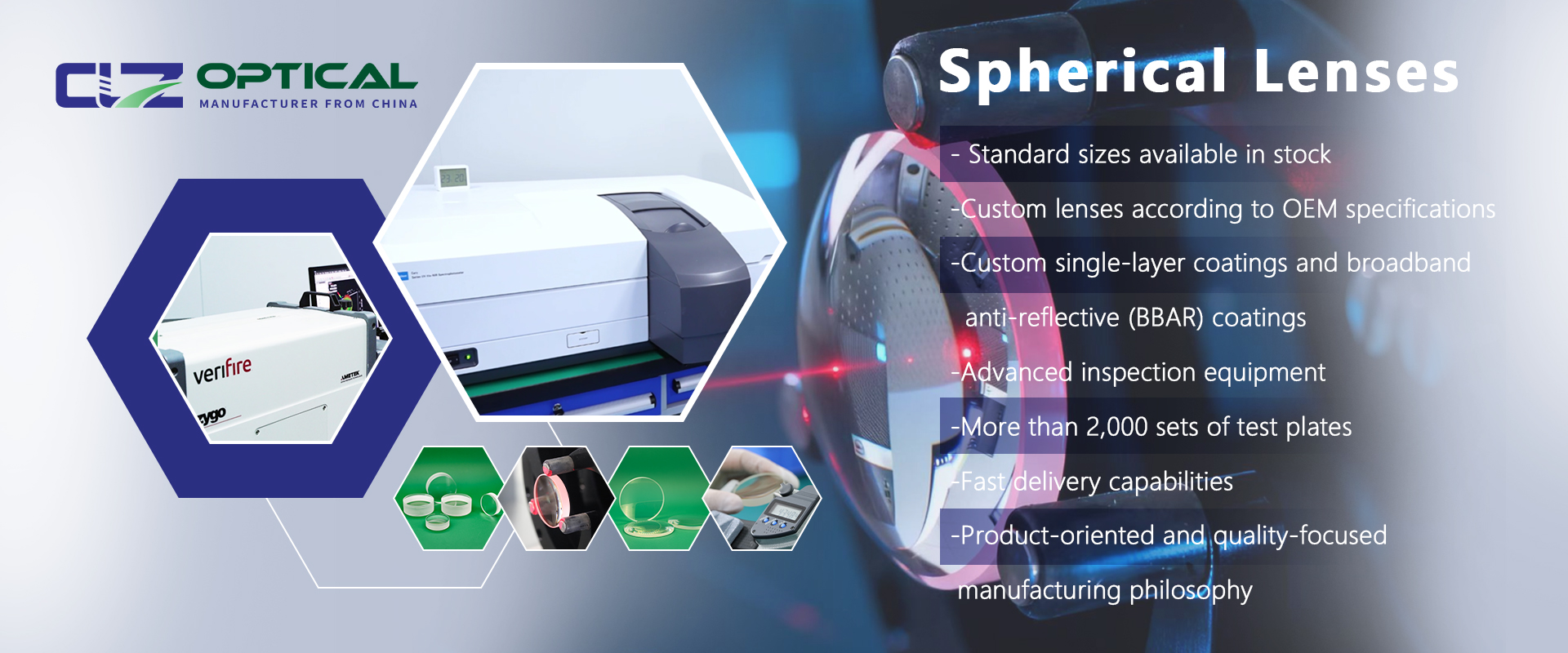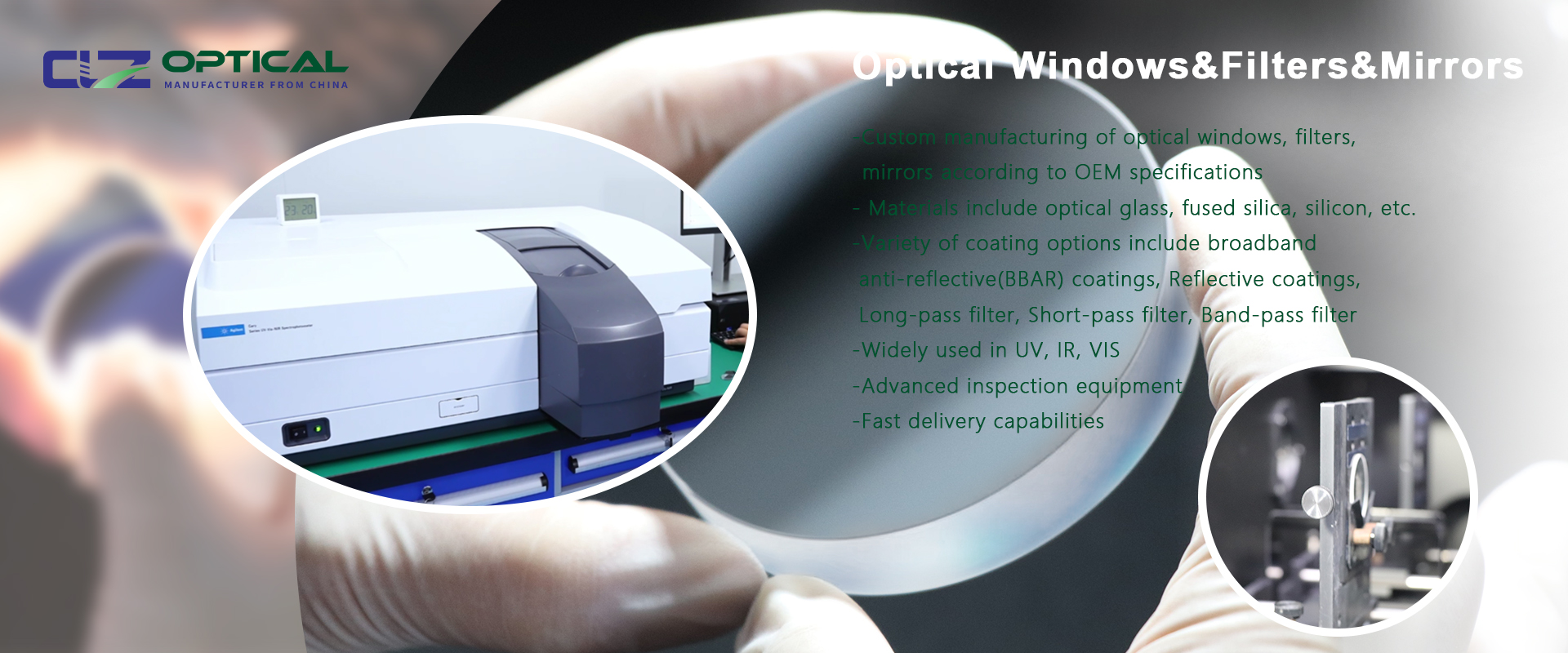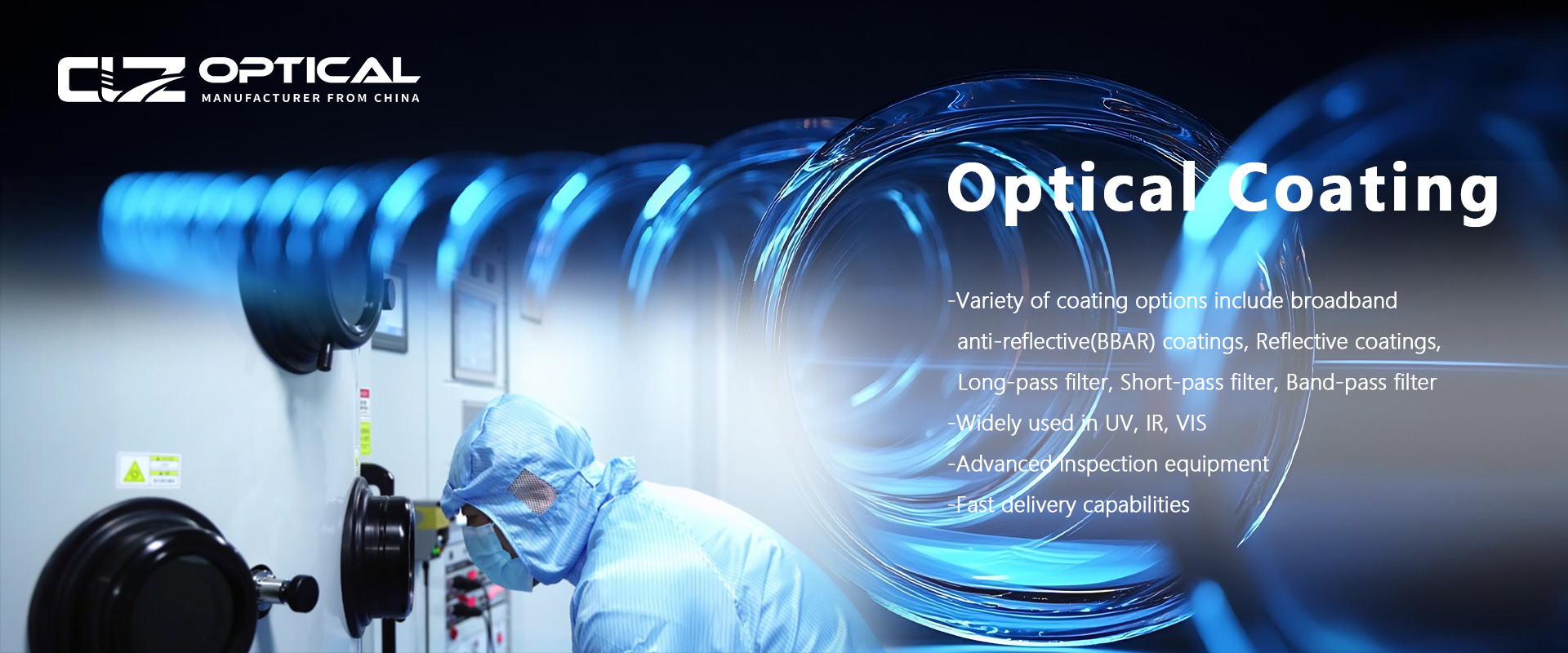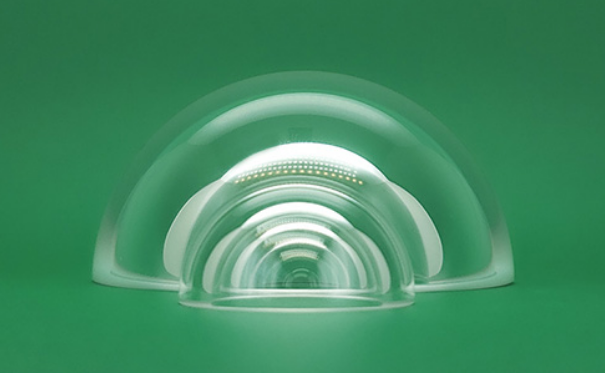What are the Requirements for Qualified Optical Glass?
Feb. 01, 2024
Introduction to Optical Glass
Optical glass stands as a fundamental component in various modern high-tech industries, including aerospace, information technology, microelectronics, and surveying and mapping. Renowned for its unique properties such as high temperature resistance, low expansion coefficient, high mechanical strength, and favorable chemical properties, optical glass plays a crucial role in lenses and prisms for optical instruments. The stringent requirements for optical glass quality reflect its essential role in facilitating light imaging processes across diverse applications.
Essential Requirements for Qualified Optical Glass
Consistency in Optical Constants
One of the primary requirements for optical glass is consistency in optical constants among batches. Optical designers rely on prescribed standard refractive index values for different wavelengths of light to design optical systems effectively. Deviations from these values within a certain tolerance range can adversely affect imaging quality, leading to discrepancies between expected and actual results during system design. To ensure uniformity and consistency, optical glass from the same batch must adhere to stringent tolerances, facilitating the calibration and performance of optical instruments.
High Transparency
Optical glass must exhibit high transparency to ensure optimal brightness and image quality in optical systems. Transparency, expressed by the light absorption coefficient Kλ, directly impacts the brightness of images produced by optical systems. As light traverses through prisms and lenses, energy loss occurs due to interface reflections and absorption within the medium (glass) itself. High-refractive-index glass, while beneficial for certain applications, can result in significant light reflection losses, emphasizing the importance of transparency in optical glass.
Challenges in Processing Optical Glass
Precision Machining
The inherent properties of optical glass, including high hardness, strength, and brittle texture, pose significant challenges in traditional cutting methods. Conventional cutting techniques struggle to meet the precision and ultra-precision processing requirements demanded by optical glass. The hardness of optical glass limits tool selection, while its brittle nature makes it susceptible to cracks and surface imperfections during machining processes. As a result, precision and ultra-precision processing techniques have emerged as crucial research areas in advanced manufacturing technology to address these challenges.
Evolution of Processing Techniques
Historically, ancient grinding, grinding, and polishing methods were employed for processing optical glass. However, these techniques suffer from low production efficiency, limited processing accuracy, and lack of computerized control. Moreover, they are ill-suited for handling workpieces with complex surface geometries. In response to the inadequacies of traditional processing methods, modern manufacturing technologies have evolved to incorporate precision machining techniques capable of meeting the demands of contemporary high-tech development and efficiency requirements.
Conclusion: Advancing Optical Glass Technology
In conclusion, the stringent requirements for qualified optical glass underscore its indispensable role in facilitating light imaging processes across various high-tech industries. As precision machining techniques continue to evolve, optical glass manufacturers are poised to overcome the challenges posed by its unique properties, ensuring the production of high-quality optical components for diverse industrial and scientific endeavors.
As a leading dome lens manufacturer, we are committed to delivering superior optical solutions tailored to your specific needs. Whether you require precision lenses for aerospace, information technology, or other high-tech applications, please don't hesitate to contact us. With our expertise and cutting-edge manufacturing capabilities, we stand ready to support your endeavors in optical innovation and advancement.













